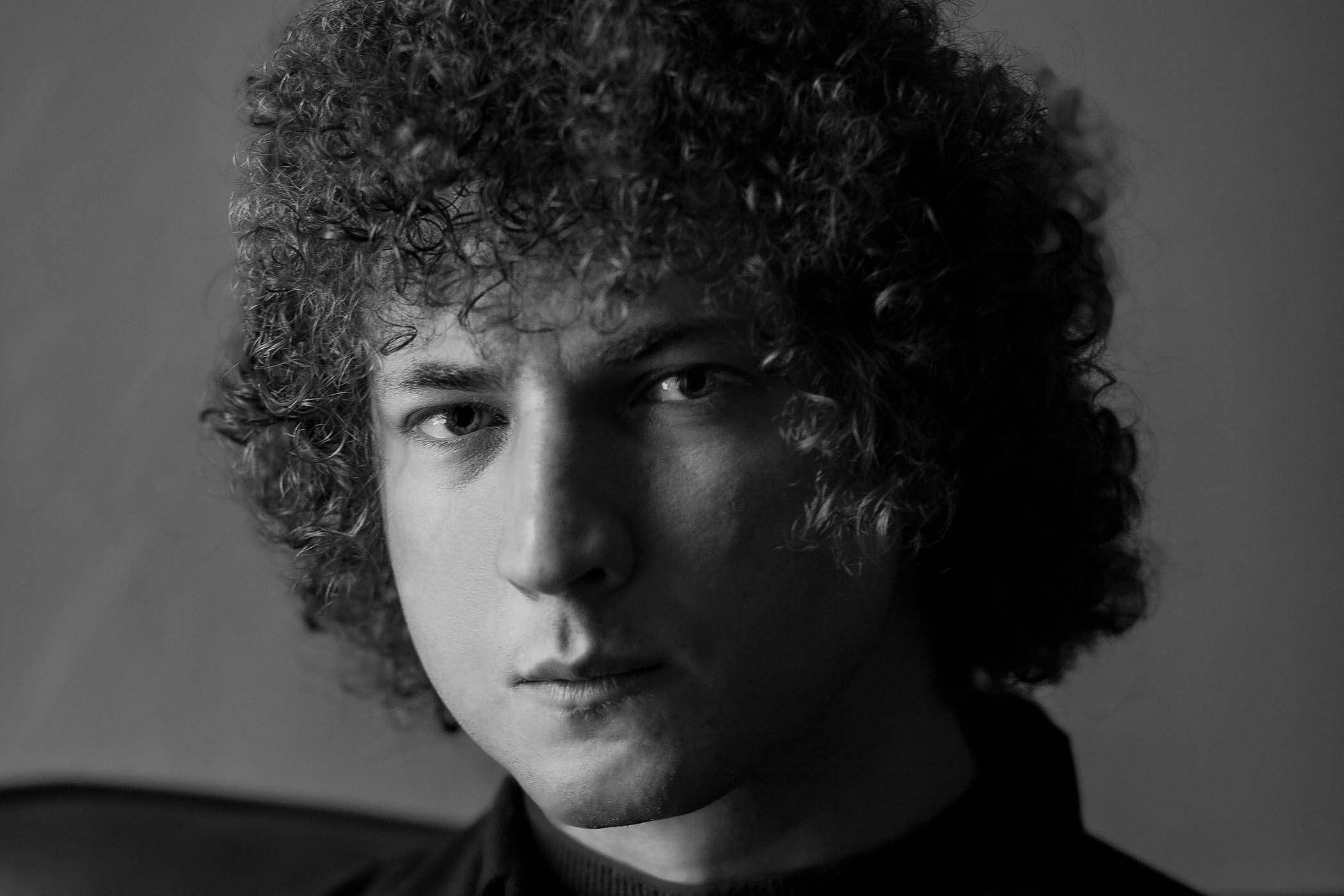In 2021, Sam Sussman had an essay published in Harper’s Magazine entitled “The Silent Type: On (possibly) being Bob Dylan’s son”. What followed was a deftly woven but speculative fragment of memoir in which Sussman revealed that his mother had been romantically involved with the singer in 1974, when Dylan’s marriage to first wife Sara was breaking up and he was writing the songs that would appear on his now legendary album Blood on the Tracks.
Growing up, friends and strangers often commented on Sussman’s resemblance to the iconic singer and the nagging possibility that he might be Dylan’s son was not assuaged by his mother’s diplomatic avoidance of the subject. “By the time I was a teenager,” he recalled, “I had begun to wonder whether there was another reason my mother preferred not to talk about the man.”
Sussman’s unease grew when he discovered that his mother’s affair with Dylan had been briefly rekindled in the spring of 1990 – which was, as he noted, “roughly nine months before my birth”.
The sense of paternal uncertainty that propelled the original essay also underpins Boy from the North Country, which is marketed as a novel while holding steady to the form of an intimate familial memoir. In the process, the author is no longer Sam, but Evan, while his subject, his mother, Fran, who died in 2017, has been renamed June.
Inevitably, that slippage between fact and fiction haunts the passages in which Dylan appears, large as life and acutely drawn, in telling vignettes that brilliantly evoke his charisma and creative self-absorption. Dylan obsessives who gravitate to the book in search of insight into his genius – and oddness – will not be disappointed. In one chapter, June recalls how she first crossed paths with Dylan, when he ambled into a painting class given by Norman Raeben, a Russian-Jewish émigré artist. The other students acted cool, while simultaneously watching him intently. Dylan, on the other hand, was immediately captivated by Raeben’s looming presence, describing him as “a biblical prophet” whose teachings, he would later attest, deeply influenced his approach to songwriting.
The affair begins at a party June hosts for her fellow students and lasts about a year, with Dylan turning up often unannounced at her third floor apartment on New York’s East 78th Street at all hours of the day and night. When Blood on the Tracks appears in early 1975, their relationship is distilled into a single stanza in the song Tangled Up in Blue, where she appears as one of several female characters that flit through the free-flowing, time-shifting narrative.
Dylan obsessives who gravitate to the book in search of insight into his genius – and oddness – will not be disappointed
The verse in question begins, “She lit a burner on the stove / And offered me a pipe / ‘I thought you’d never say hello,’ she said / ‘You look like the silent type.’” It culminates with her introducing Dylan to the work of a 13th-century Italian poet, whose lyricism astonishes him – “And every one of them words rang true / And glowed like burning coal / Pouring off of every page.”
In June’s telling, which takes up a central chapter of the book, she recalls reading to Dylan from Petrarch’s Il Canzoniere (The Songbook), which prompted him to research the poet’s life and work with the zeal of the newly converted. He returns a few days later, excitedly telling her: “We are all living in the world Petrarch made. We’re all his sons.”
This kind of remembered first-hand testimony paints a vivid picture of a time in which Dylan was in the throes of arguably his most important act of creative reinvention. In the much broader canvas of Boy from the North Country, though, it is but one part of a more ambitious narrative that moves from a confused adolescent search for an impossibly out-of-reach father figure to a place of acceptance predicated on a mother’s guiding wisdom.
The book begins with Evan arriving at his mother’s house in rural upstate New York, having flown from London at short notice to accompany her to hospital for surgery for the illness that has rendered her “flaccid and pale”. It is a turning point for both of them, and their relationship proceeds to deepen and transform as her time runs out.
What follows is a kind of dual biography of a mother and son, and their tangled journey towards a greater understanding of each other. It flits back and forth in time, is sometimes told in June’s voice, and shifts from being a search for identity to a sombre, resonant delineation of the ties that bind. Sussman just about pulls it off, though I finished Boy from the North Country feeling uneasy about the foregrounding of the Dylan subplot – which is ultimately left unresolved – and what the man himself would make of it.
Boy from the North Country by Sam Sussman is published by Grove Press, £14.99. Order a copy from The Observer Shop for £13.49. Delivery charges may apply
Editor’s note: our recommendations are chosen independently by our journalists. The Observer may earn a small commission if a reader clicks a link and purchases a recommended product. This revenue helps support Observer journalism
Portrait by Ben Kaplan

